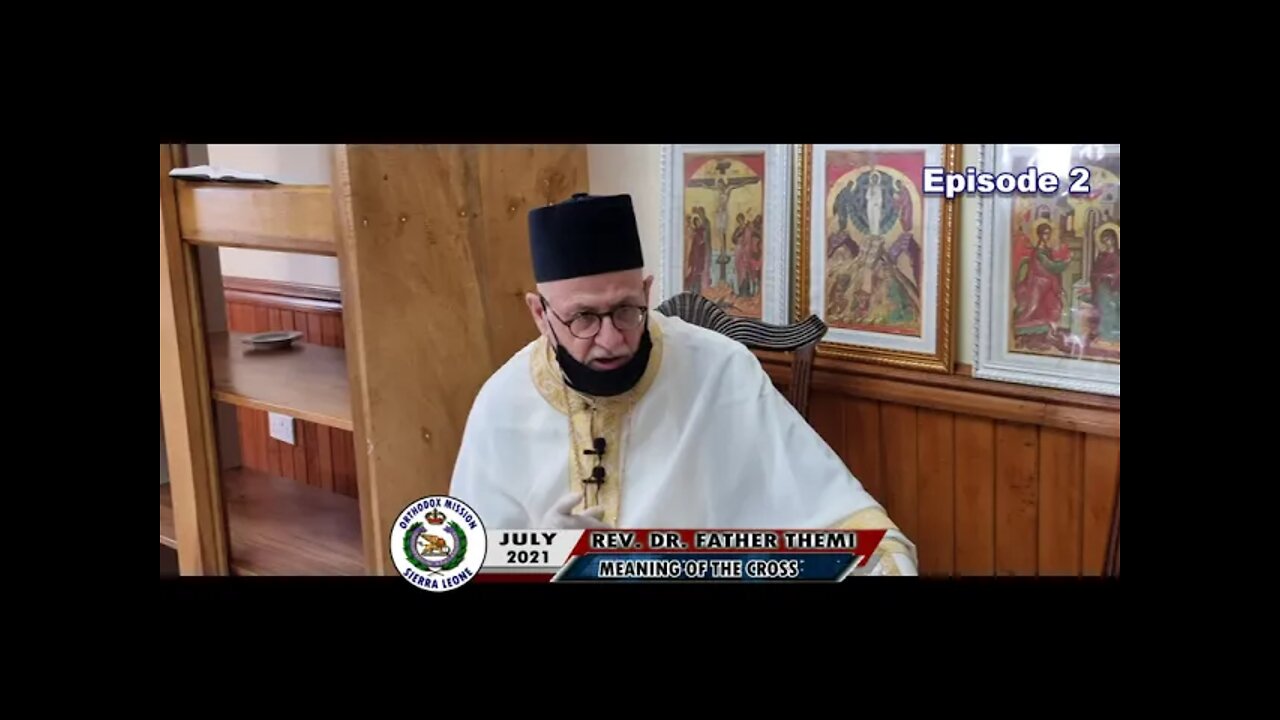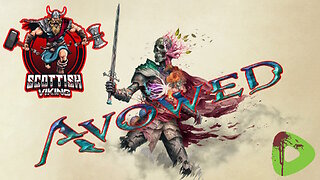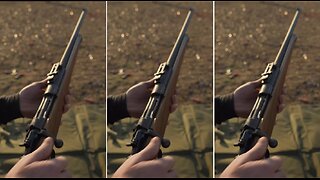Premium Only Content

2021 - THE CROSS - part 2 - Crucifiction
In antiquity, crucifixion was considered one of the most brutal and shameful modes of death.
Death, usually after 6 hours--4 days, was due to multifactorial pathology: after-effects of compulsory scourging and maiming, haemorrhage and dehydration causing hypovolaemic shock and pain, but the most important factor was progressive asphyxia caused by impairment of respiratory movement. Resultant anoxaemia exaggerated hypovolaemic shock. Death was probably commonly precipitated by cardiac arrest, caused by vasovagal reflexes, initiated inter alia by severe anoxaemia, severe pain, body blows and breaking of the large bones. The attending Roman guards could only leave the site after the victim had died, and were known to precipitate death by means of deliberate fracturing of the tibia and/or fibula, spear stab wounds into the heart, sharp blows to the front of the chest, or a smoking fire built at the foot of the cross to asphyxiate the victim.
-
 16:13
16:13
Russell Brand
23 hours agoBill Maher EXPOSES Covid Lab Leak Lies LIVE ON AIR
41.1K152 -
 1:51:47
1:51:47
Steve-O's Wild Ride! Podcast
2 days ago $1.01 earnedBryan Johnson Helps Steve-O Rebuild His Body After Decades Of Abuse
5.19K4 -
 LIVE
LIVE
RaikenNight
1 hour agoLets Get Are Hunt On!! Then We Build Some Warhammer Minis
375 watching -
 LIVE
LIVE
Sm0k3m
59 minutes agoIcarus
50 watching -
 LIVE
LIVE
Flexible Games
1 hour agoChilling in Vintage Story 1.20 MP
58 watching -
 LIVE
LIVE
Pepkilla
3 hours agoYour favorite Asian ~
326 watching -
 31:28
31:28
CatfishedOnline
16 hours agoWoman INSISTS Boyfriend Is Trapped Overseas Or Romance Scam?
8.03K9 -
 LIVE
LIVE
CassaiyanGaming
13 hours agoSaturday | Prince of Persia - 8am central
4,685 watching -
 LIVE
LIVE
Scottish Viking Gaming
1 hour ago💚Rumble :|: Saturday Special :|: I LOVE THIS RUMBLE SHIT!!
131 watching -
 0:59
0:59
PewView
22 hours ago $4.39 earnedFound grandpas stash! 😂
12.6K5